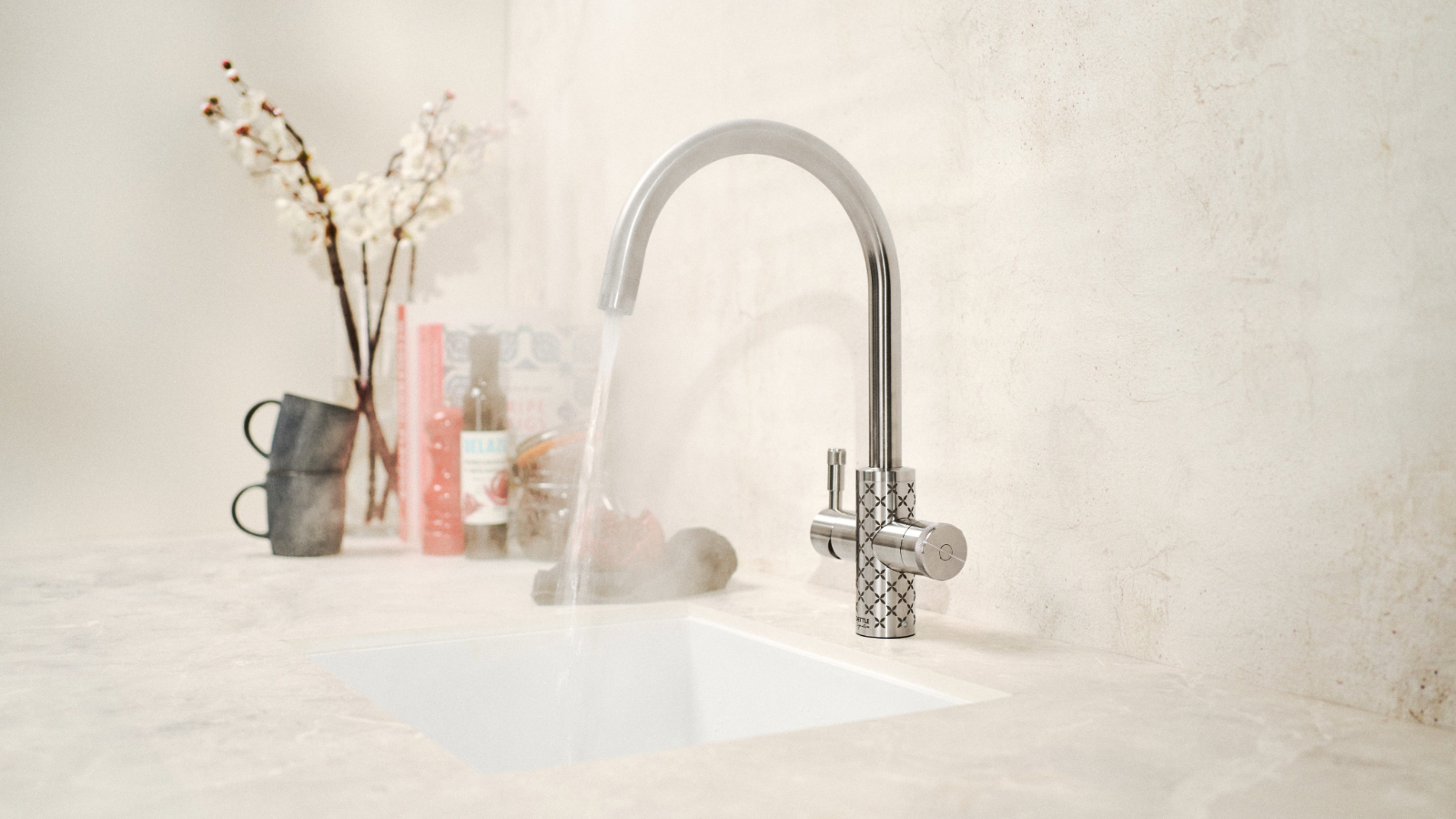How to level a garden and create a sleek and thriving space that's easy to maintain
Whether you do this by hand or with equipment, over a big or small area, our experts have you covered
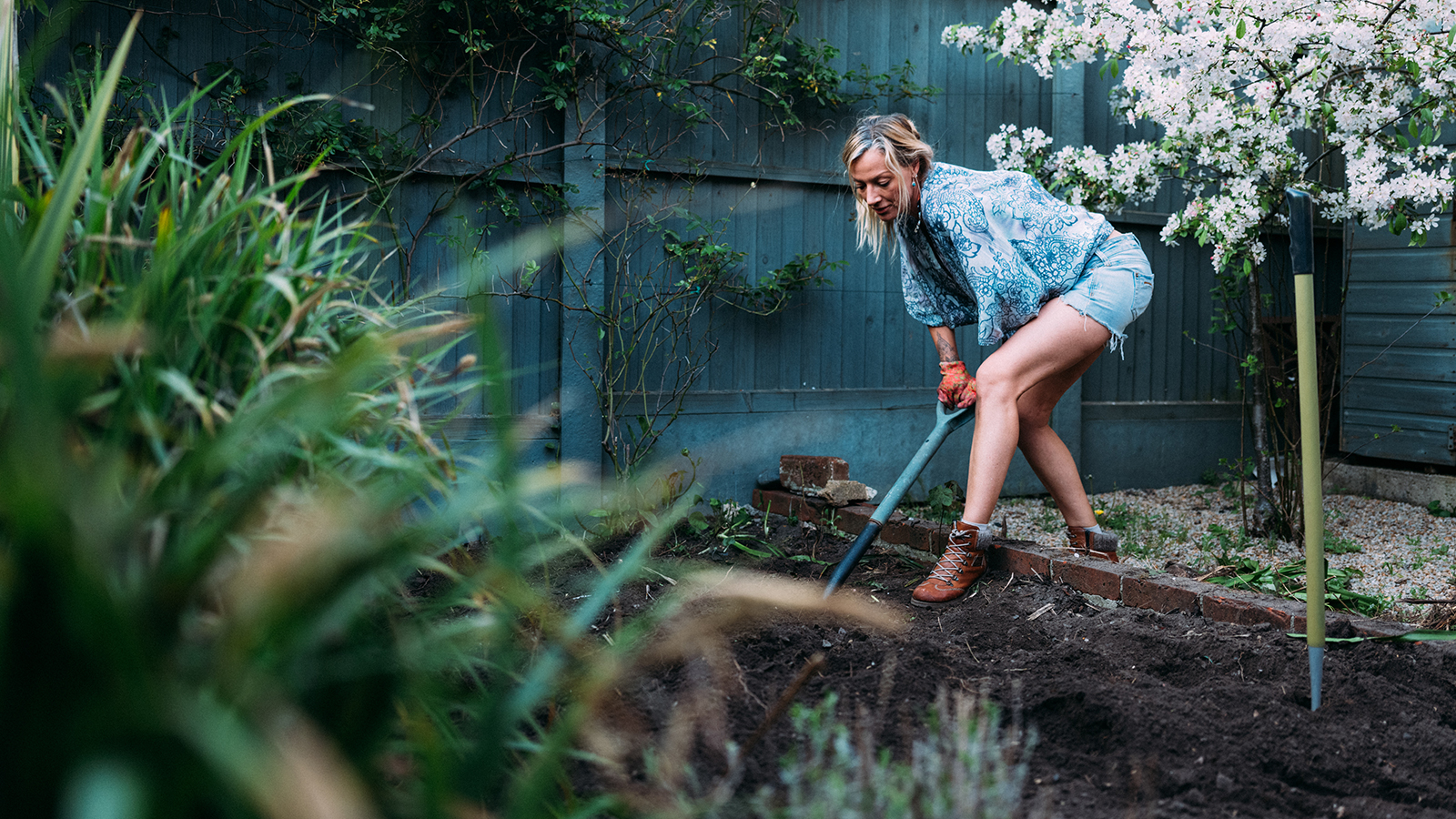
How to level a garden means exactly what it says. It's the process of evening out the surface to get rid of any slopes or bumps.
Aesthetically this has its draw, flat and even surfaces give a cleaner look to your garden. It's easier to create useful areas, such as patio spaces for entertaining.
Level garden landscaping can also mean better garden health according to garden maintenance expert Jane Dobbs. "The right levelling ensures the garden drains properly. Low-lying areas can get waterlogged, soil can erode, and plants can get damaged. Levelling your garden will minimise soil erosion, which is great for the planet," says Jane.

Responsible for leading the gardening team at Allan's Gardeners, a landscaping and garden maintenance business based in London. She has 10 years experience as a gardener.
How to level a garden in 5 steps
The size of your garden will inform what tools you need for the job.
"Big gardens with steep slopes are probably too much to tackle by hand. So, you’re better off using a small digger and a compactor to help you," says garden expert Fiona Jenkins.
"However, if there’s only a slight slope or small patches, such as a front garden, to level, then you should be able to manage with a spade, wheelbarrow and rake," she says.
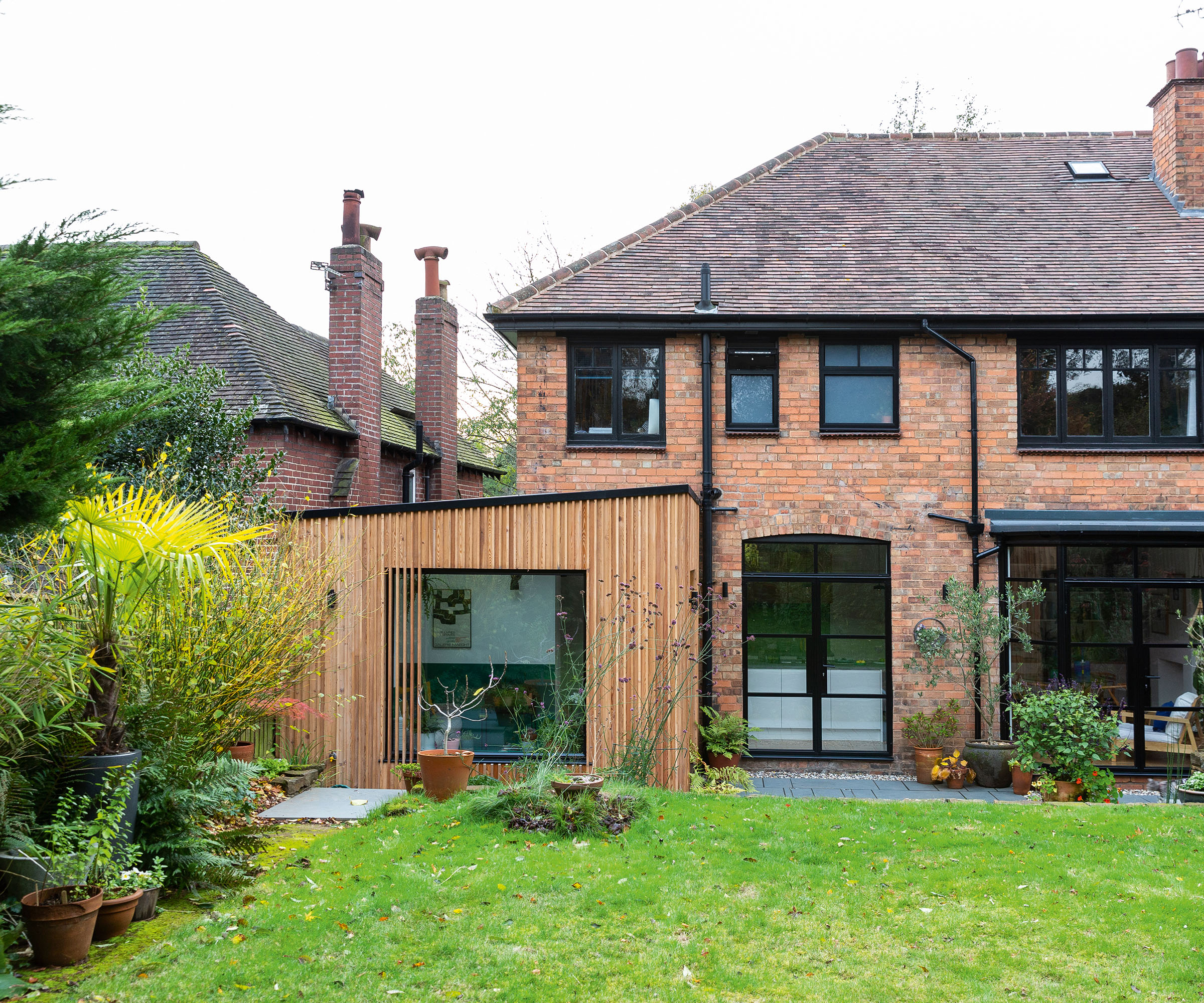
What you will need:
Bring your dream home to life with expert advice, how to guides and design inspiration. Sign up for our newsletter and get two free tickets to a Homebuilding & Renovating Show near you.
- Spirit level (try 3 Pcs Spirit Level Set at Amazon)
- Wooden stakes
- Sturdy string
- Shovel
- Wheelbarrow
- Extra soil
- Rake
- Lawn compactor
- Small digger or mini excavator (for larger spaces)
- Rotovator (optional)
1. Survey your space
Before you begin, construction expert John Davis recommends surveying the garden design area to find any particular high or low areas that need to be levelled.
"You could identify these areas by using a spirit level, string, or even a laser to find any elevation differences," he suggests.
"If your garden is gently sloping, the lowest end can be topped up with soil to level the surface out," says Fiona Jenkins. "Put a stake in the ground at the highest and lowest points. Tie a piece of string between the two stakes, making sure it is taught and level,' she says.
"Once this is in place, you can see where your garden’s surface level should be. You’re likely to need a retaining wall at the lower end of your garden, to support the area you’re filling in with soil. One of the easiest methods is to use garden sleepers," says Fiona.

Construction and DIY aficionado John Davis is a seasoned professional in the realm of bespoke steel-framed buildings, boasting an extensive career marked by innovation and expertise.
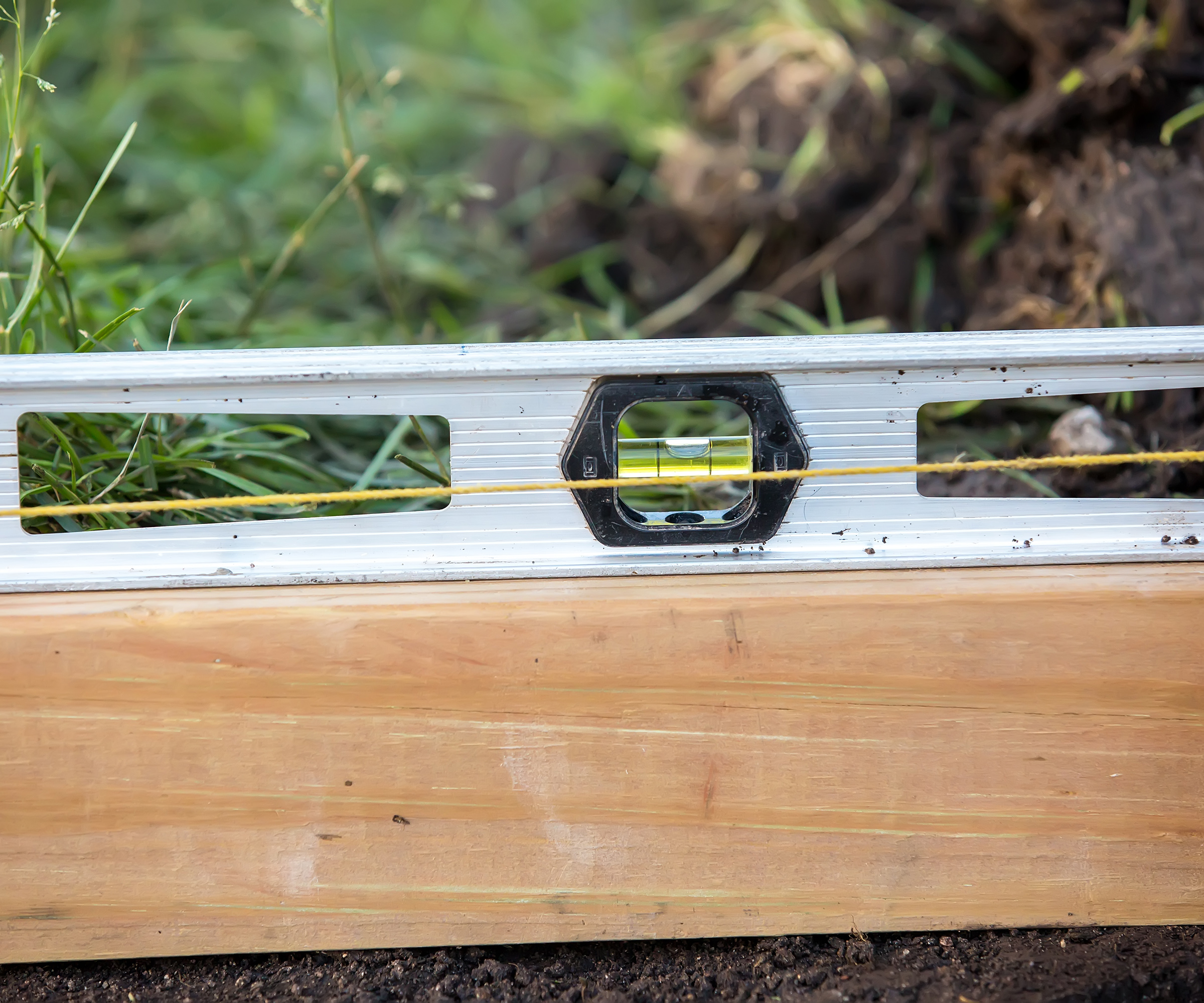
2. Start levelling your garden
Once you've added a retaining wall and you’re sure it’s sturdy, you can begin filling in the lower end with soil up to your string line. You can do this by adding extra soil. However this is a costly approach as you may need many bags to get your sloping garden level.
Alternatively you use the existing soil and take from the high end and add to the low end until you get an even spread. Do this by hand with a shovel, or using a digger or mini excavator. If you have a rotavator, use it to break up the soil before shifting it.
Consider hiring a mini digger at easyToolhire and other tools you might need. It will be cheaper than buying them outright and you probably won't find you need to use them more than once.
Fiona suggests adding extra string lines across your garden or using a spirit level to help to ensure your soil is spread out evenly as you go.
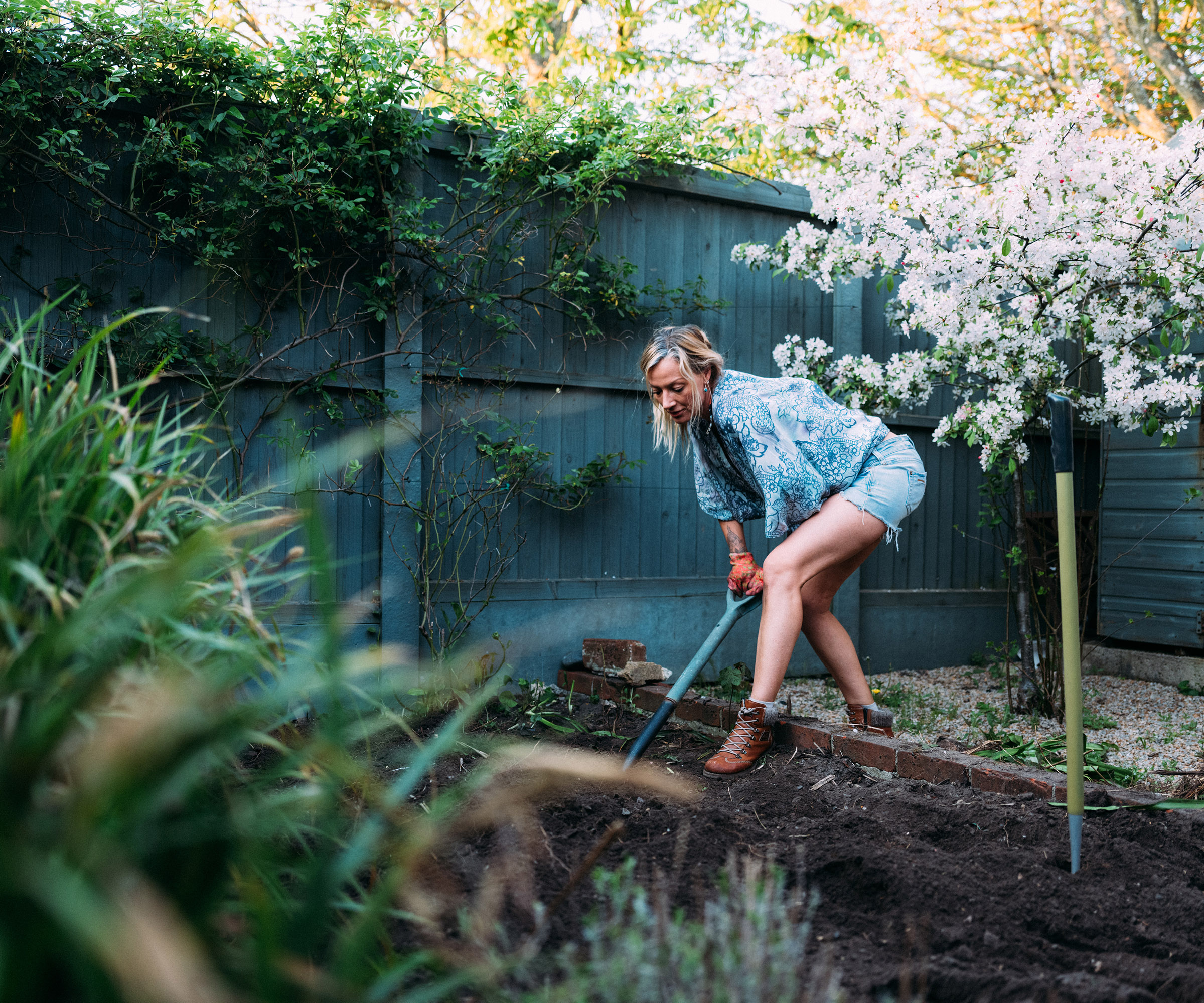
3. Improve the health of your soil
If your soil isn't fertile, learning how to level a garden is a good opportunity to improve the health of your soil. Mix in soil improvers like compost, topsoil and sand for drainage. Try GoodHome Beds & borders Manure 50L Bag at B&Q.
"Mix these amendments evenly into the soil with a rake or shovel. If there's a problem with drainage, you should install systems like French drains, to redirect water away from your garden," she says.
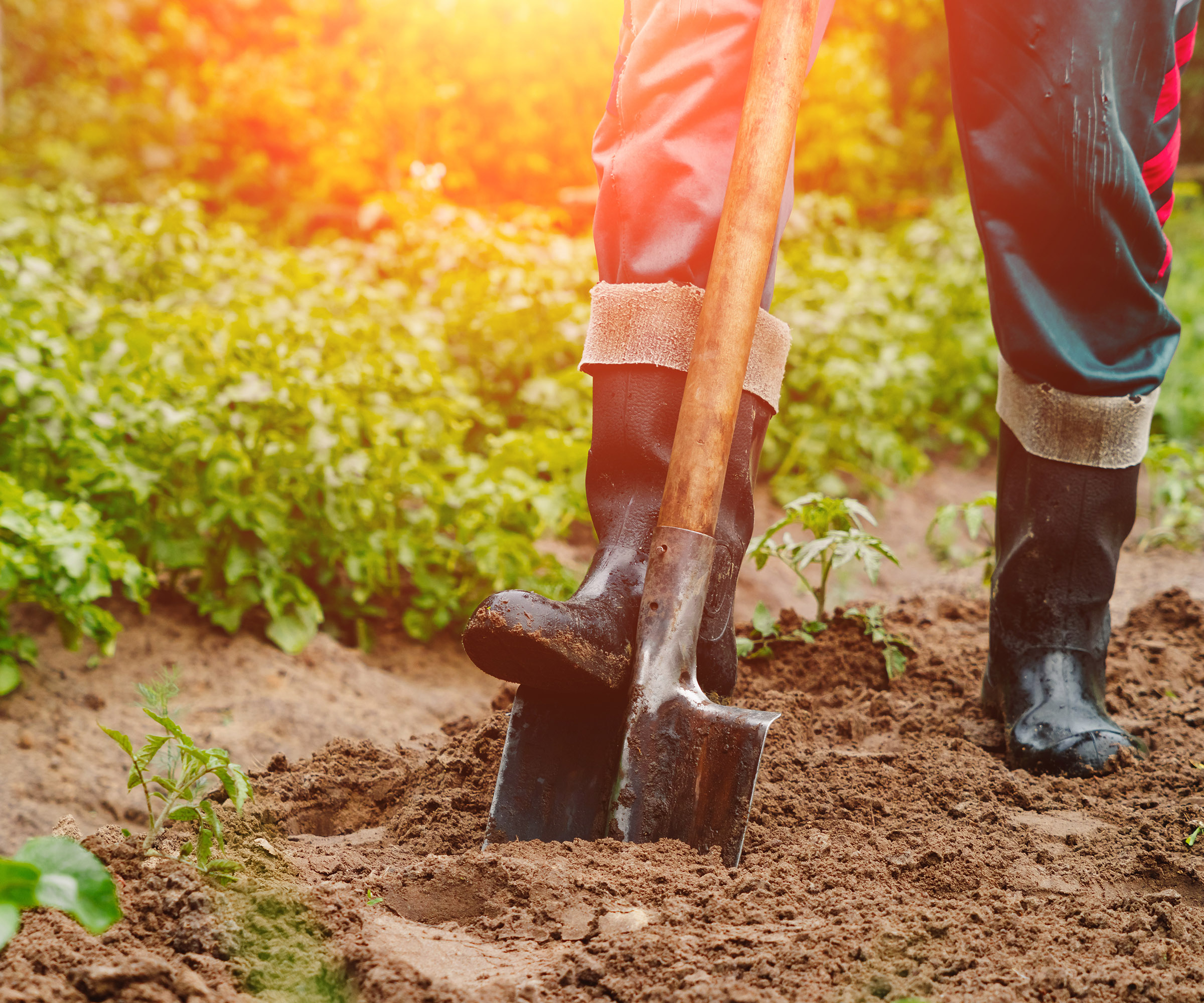
4. Compact the soil
"It’s important to compact the soil down, so you can be sure your ground is free from lumps, ready for turf and other garden coverings," explains Fiona Jenkins.
Use a lawn roller or compactor to press it down. John Davis explains that this will help stabilise the garden, while also preventing future settling or erosion. "Double-check for any inconsistencies, and then water the garden lightly and allow the water to settle into the ground. Re-check for any differences in elevation," says John.
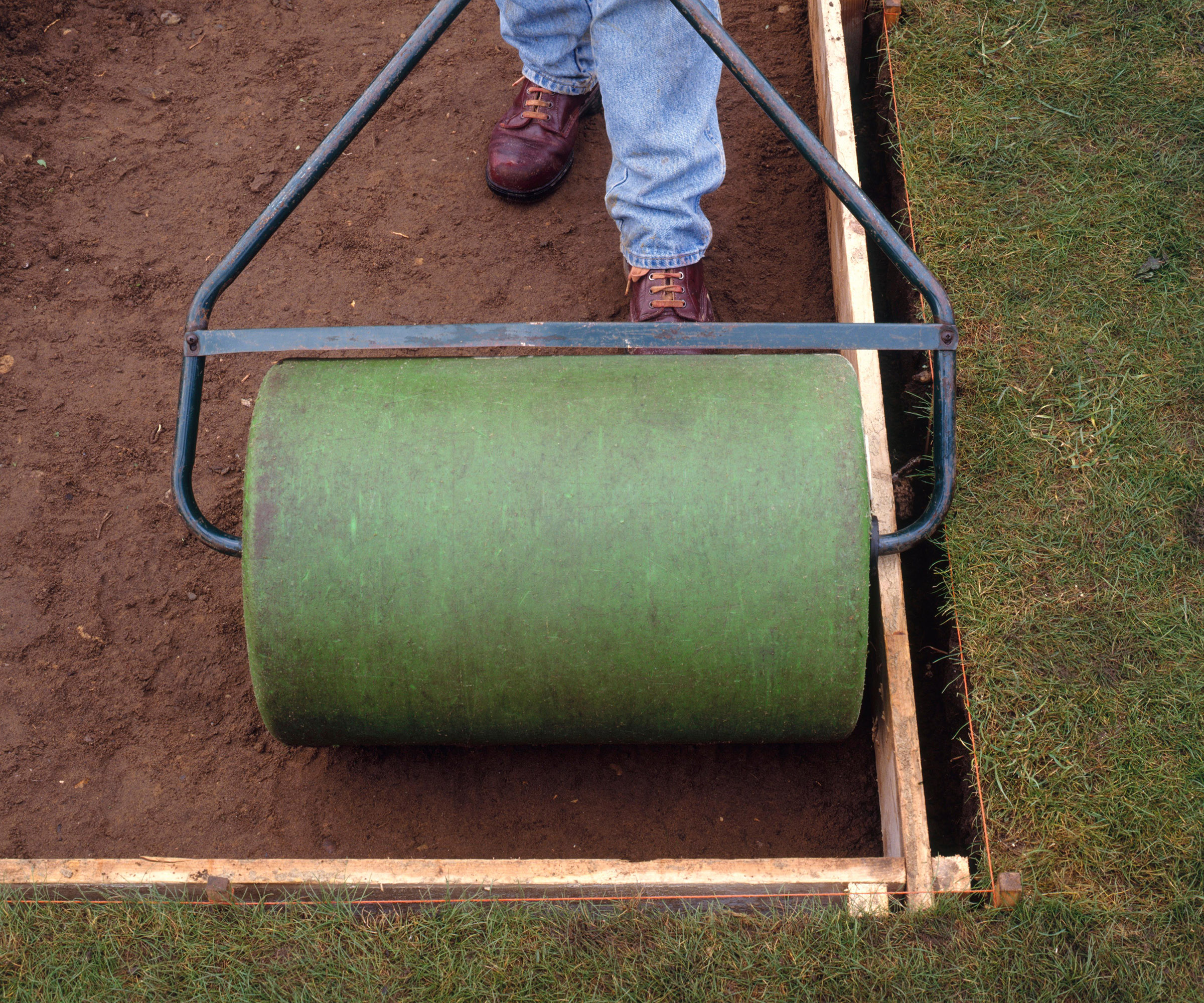
5. Replant your space
Once the garden is flattened and ready, you can plant grass, shrubs, flowers, or trees. To prevent erosion, Jane Dobbs recommends using plants that are suitable for your soil and climate.
"If you flatten a sloped garden, you'll create a more functional and aesthetically pleasing outdoor space," she says. Alternatively you can create flat areas at different heights which are connected with garden steps.
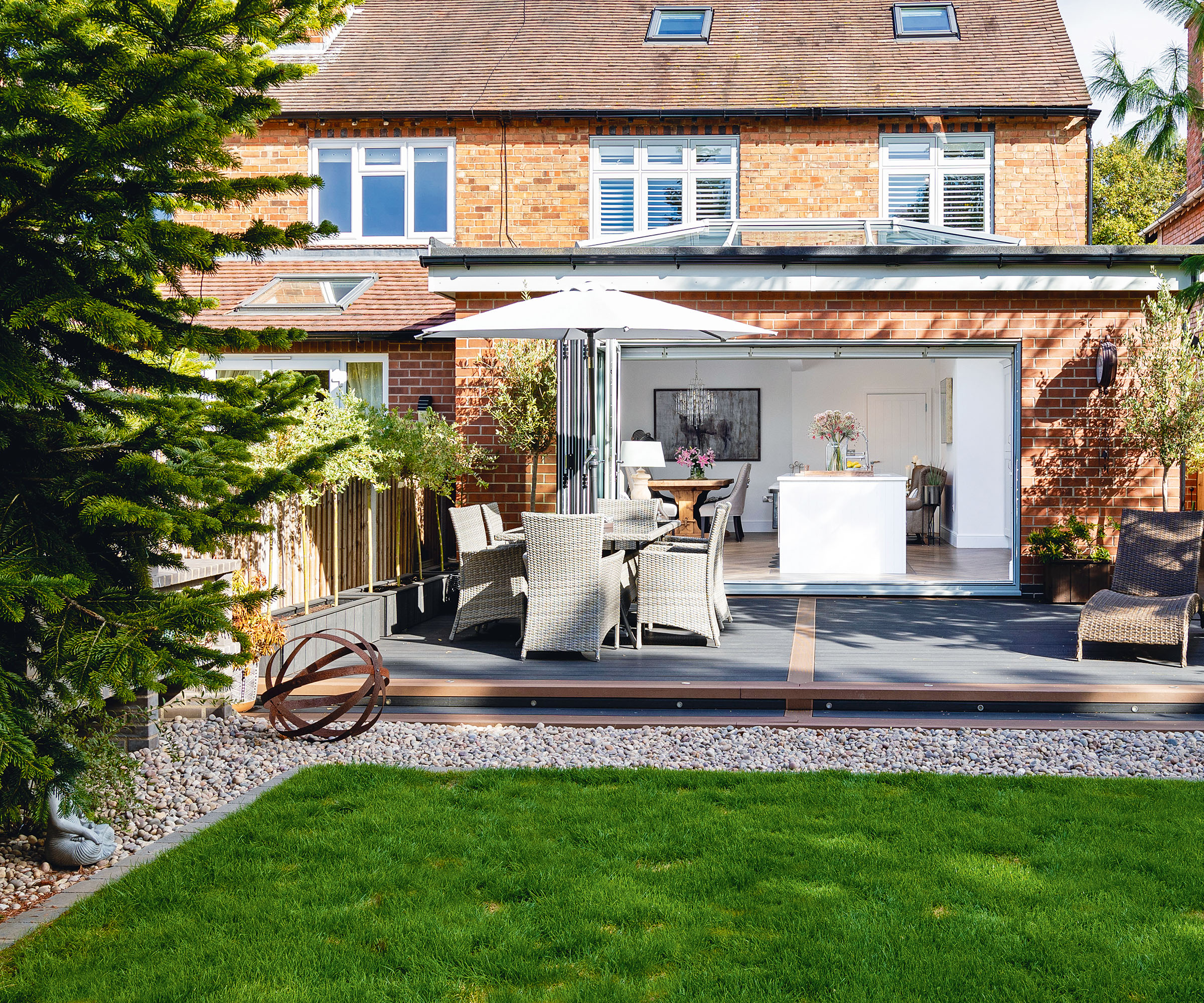
FAQs
How do you level a sloped garden?
"From the top of the slope, flatten the garden down. Hand tools like shovels, rakes, and wheelbarrows help remove excess soil from high points. Creating terraces or retaining walls can be a good option if the slope is too steep to flatten completely," says Jane Dobbs, landscape maintenance experts.
"It's great for planting and other activities since these structures help prevent soil erosion. Once you've flattened the garden, use a roller or tamper to gently compact it. You'll get a firm, stable surface and better drainage this way," she says.
When is the best time to level a garden?
Spring is usually the best time to learn how to level a garden as the ground will be free from hard frosts and new grass will grow quickly.
It's also easier to level a lawn when the soil is slightly (not overly) damp.
Can I level a garden by hand?
It's possible to level your garden by hand, explains Jane Dobbs. "Despite the physical effort, levelling a garden manually is entirely feasible and often the preferred method for small areas or when garden machinery isn't available," she says.
"By hand, levelling is a lot harder, however. Get a good spade and a rake. Also, you'll need a spirit level and a wheelbarrow," she says.
If you decide against levelling a garden there are ways to improve drainage if it's a problem for you. As mentioned above, installing a french drain can be helpful to improve drainage on a sloping site. In fact they need a slope in order to function.

Teresa was part of a team that launched Easy Gardens in 2018 and worked as the Editor on this magazine. She has extensive experience writing and editing content on gardens and landscaping on brands such as Homes & Gardens, Country Homes & Interiors and Living Etc magazine. She has developed close working relationships with top landscape architects and leading industry experts, and has been exposed to an array of rich content and expertise.
In 2020 Teresa bought her first home. She and her partner worked alongside architects and builders to transform the downstairs area of her two bedroom Victorian house in north London into a usable space for her family. Along the way she learned the stresses, woes and joys of home renovation, and is now looking to her next project, landscaping the back garden.
